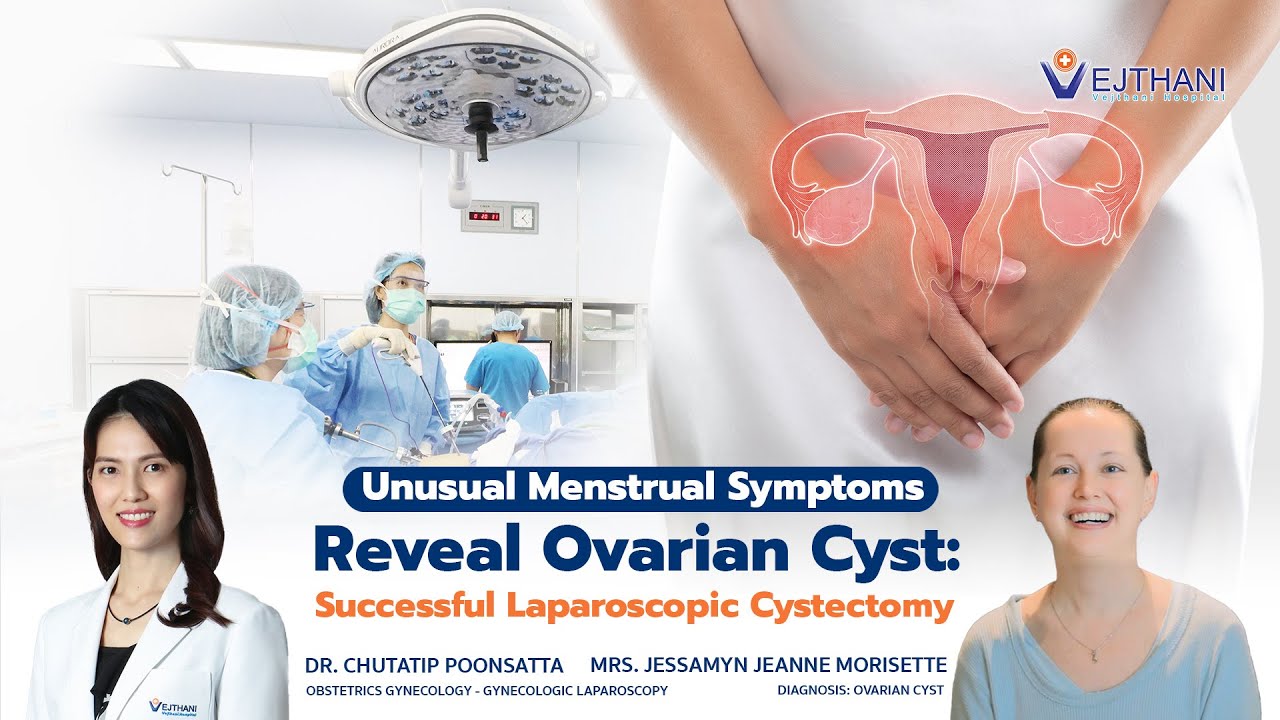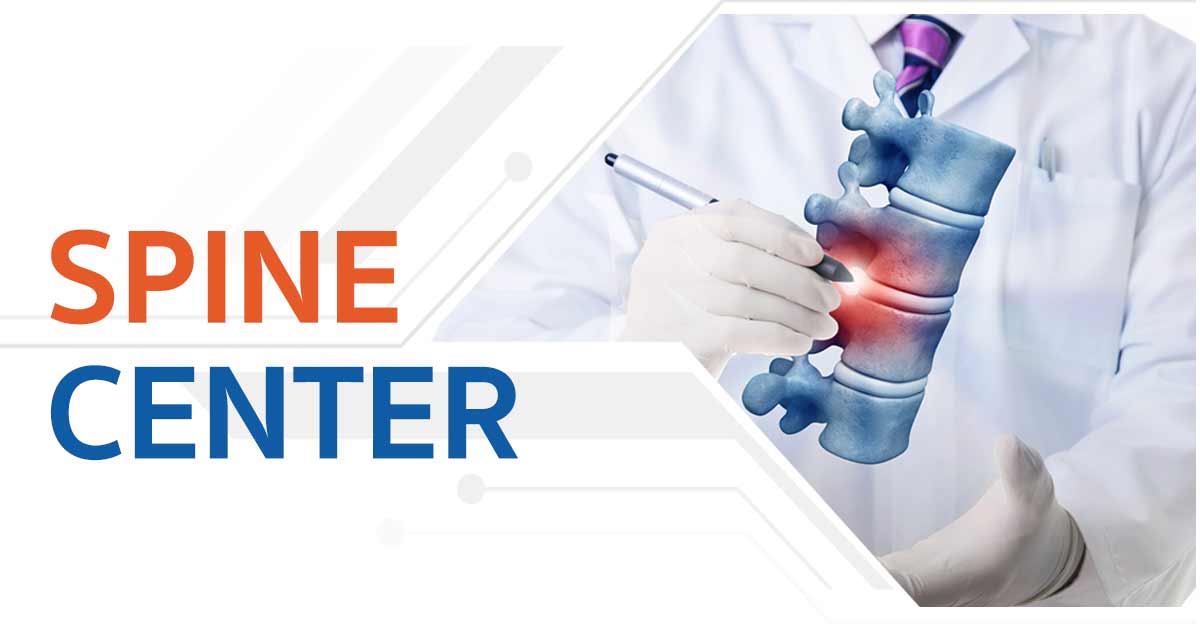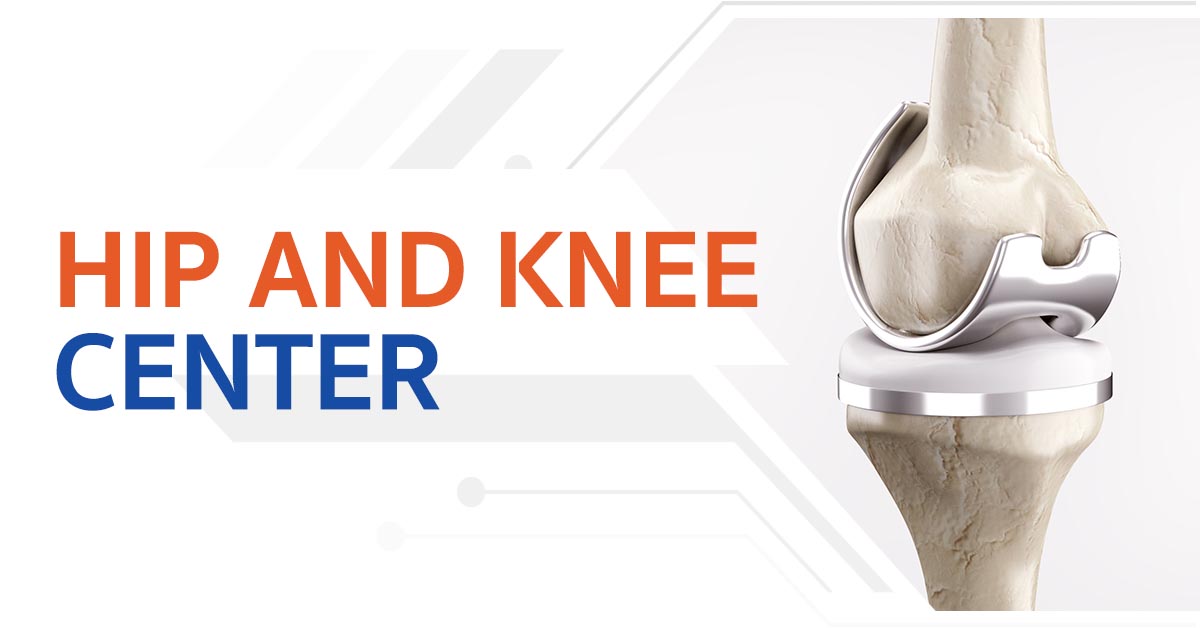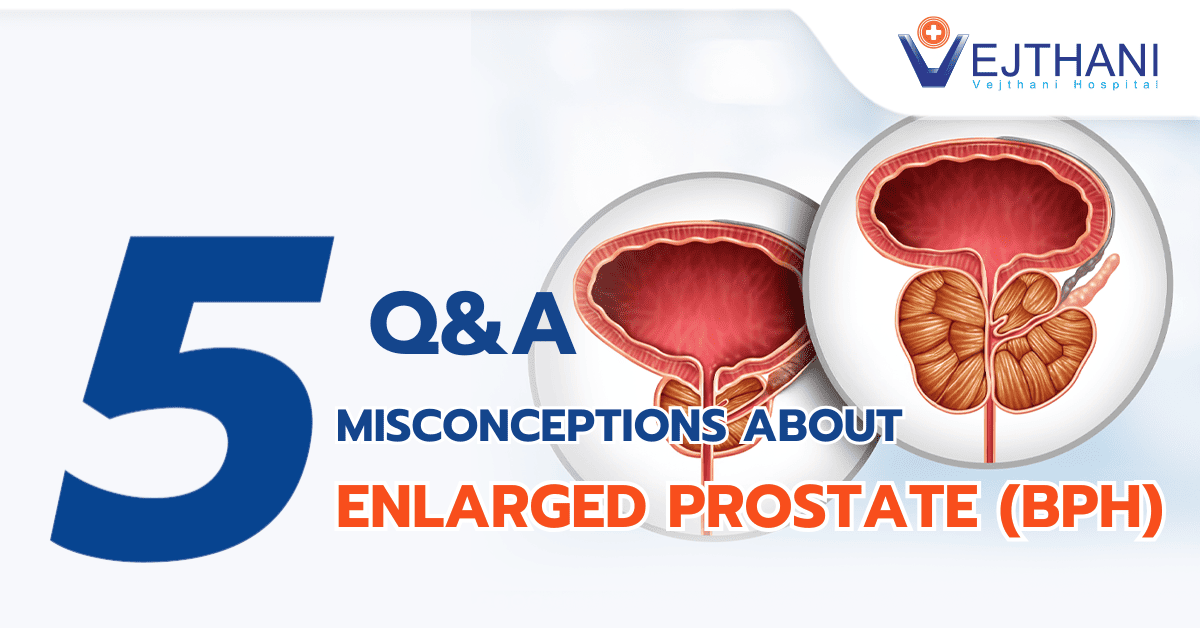
Cervical epidural steroid injection
Overview
An anti-inflammatory drug, such as a steroid or corticosteroid, is injected into the epidural space surrounding the spinal nerves in your neck during a cervical epidural steroid injection (cervical ESI).
The primary objective of cervical epidural steroid injections is to assist in the management of chronic pain brought on by irritation and inflammation of the spinal nerve roots in your neck (the cervical area of your spine) as a result of certain ailments or injuries. Cervical radiculopathy is the term used to describe this kind of persistent pain, which can radiate from your neck to your shoulders, arms, and/or hands. When receiving cervical ESIs, between 40% and 84% of patients report momentary pain relief.
Reasons for undergoing the procedure
The chronic pain condition known as cervical radiculopathy, which is brought on by irritation and inflammation of the spinal nerve roots in your neck, is treated by doctors with cervical epidural steroid injections. The following symptoms of cervical radiculopathy might spread from your neck to your shoulder, arms, and/or hands.
- Numbness
- Tingling sensation
- Pain
- Weak muscles
Cervical radiculopathy is a disorder when the spinal nerve roots in the neck get irritated such as:
- Cervical osteoarthritis (cervical spondylosis): This disorder involves changes to your neck’s bones, disks, and joints brought on by aging’s typical wear-and-tear. The interior of your spinal column in your neck or the apertures where spinal nerves leave may get narrowed as a result of cervical osteoarthritis, which may irritate and inflame the nerves.
- Cervical herniated disk: This problem is also frequently referred to as a bulging, ruptured, or slipped disk. One of the most frequent reasons for neck pain is this. Disks have a harder outer layer and soft, gel-like cores. The outer layer might crack and lose strength over time. When the inner material pushes through a tear in one of the disks between two vertebrae in your neck, it causes a cervical herniated disk. Spinal nerves nearby may be pinched and pressed against by the leaky material.
- Cervical spinal stenosis: The cervical spine (your neck) has one or more gaps that are narrowed as a result of this disorder. A reduction in the space within your spinal column limits the available room for your spinal nerve roots. Neck discomfort may result from inflamed or pinched nerves brought on by a constricted area.
- Cervical degenerative disk disease: When the cushioning between the vertebrae in your neck starts to deteriorate, this problem develops. Your spinal nerve roots may experience localized inflammation due to a degenerating disk.
Risks
Although cervical epidural steroid injections are mostly safe, there is a chance of some problems and side effects. All ESI injection types carry the following risks and problems, but they are uncommon:
- Experiencing side effects from the drugs, such as hot flashes or a rash.
- Low blood pressure, which might cause you to feel dizzy.
- Suffering from a debilitating headache brought on by spinal fluid leaks.
- Developing a post-epidural infection, such as an epidural abscess, discitis, osteomyelitis, or meningitis.
- Experiencing nerve injury at the injection location.
- Bleeding if a blood vessel is unintentionally injured during the injection, which could result in the formation of a hematoma or a blood clot.
- Strokes to the cerebellum, brain stem, or spinal cord as a result of unintentional injections into blood vessels
- Overdosing on ESI injections or taking larger amounts of steroid medicine may erode the spine’s bones or the muscles around them. Due to this, the majority of doctors cap the number of ESIs they administer to a patient each year.
Before the procedure
Because fluoroscopy imaging, an X-ray imaging technique, may be used during your cervical ESI, it is crucial that you inform your doctor if you are or think you could be pregnant before the operation. You must also let your doctor know about all of your prescription and over-the-counter medications, including any herbs or dietary supplements.
You will receive detailed instructions from your doctor on how to get ready for your ESI injection. Make sure to adhere to their recommendations such as:
- Before your cervical ESI, have a Magnetic Resonance Imaging (MRI) or Computed Tomography (CT) scan of your neck performed to help pinpoint the precise location that needs to be treated.
- Prior to your cervical ESI, you must go without food or liquids for a specific period of time (fast).
- Change some of the medications you’re taking, especially the ones that thin the blood.
- If you plan to take a sedative for your cervical ESI, make sure someone will be there to drive you home.
During the procedure
Your epidural steroid injection will probably be performed at a hospital or an outpatient clinic. A cervical ESI typically takes 15 to 30 minutes. It’s crucial to maintain extreme stillness throughout this process.
Transforaminal (TFESI) and interlaminar (IESI) are the two methods for cervical epidural steroid injections that are used most frequently. These two approaches outline how your doctor will reach epidural space, the region around your spinal cord.
To reach the epidural space during an interlaminar ESI, the needle travels between two laminae in your spine. Each vertebra in your spine has a flat plate of bone called a lamina. Your spine’s laminae create the outer wall of the spinal canal, shielding your spinal cord.
In a transforaminal ESI, the needle travels through the foramina, which are the places where your spine’s nerve roots leave it.
A cervical epidural steroid injection method generally entails the following steps:
- After changing into a medical gown, you’ll lay on a cozy table on your stomach.
- To reduce the chance of infection, your doctor will thoroughly clean the area of your neck where they will enter the epidural needle.
- Your doctor may use a tiny needle to administer local anesthetic close to the location of the epidural needle’s insertion. This is done to minimize discomfort during the insertion of the epidural needle, which is larger than a typical injection needle, so you experience less pain. They might also administer sedatives or other calming medications to you.
- After the area has become numb, your doctor will probably utilize a technique known as fluoroscopy (X-ray, or radiological imaging) to help guide the epidural needle to the precise location.
- Your doctor may provide contrast material once the epidural needle is in the epidural space surrounding your spinal cord. Your doctor will find it simpler to focus the area on the imaging machine’s screen thanks to the contrast material. This ensures that the medication effectively reaches the specific inflamed nerves they intend to target. Your doctor won’t do this procedure if you are allergic to contrast agents.
- The medication, which is typically an anti-inflammatory drug like a steroid or corticosteroid, will then be slowly injected by your doctor. Some doctors could inject a corticosteroid and local anesthetic together.
- After administering the injection, your doctor will apply pressure to the region to stop bleeding, clean it once more, and then dress the area. To relax for up to an hour, you’ll get up and get into a chair or bed. This is so that before you go home, your doctor can make sure you don’t have any adverse drug responses.
After the procedure
You might have some pain where the needle was put after your injection. This is typical and ought to pass in a few hours.
After your cervical ESI, your neck, shoulder, arm, and/or hand may feel heavy or numb if a local anesthetic was used during the operation. This is expected and won’t endure for very long.
Your healthcare professional might advise you to take it easy and limit your activity for the rest of the day.
After your cervical ESI, your pain could go worse for two to three days before it starts to get better. The pain reduction from epidural steroid injections begins to take effect in two to seven days and can continue for a few days to a few months or more.
Outcome
When a cervical epidural steroid injection is given, between 40% and 84% of patients report at least some pain reduction. Some individuals, though, may not get any pain alleviation.
An acceptable short-term pain reduction is often the aim of a cervical epidural steroid injection, allowing you to start or continue physical therapy or to try to avoid more intensive pain management methods. Through the strengthening of the muscles that support your spine, physical therapy may aid in the promotion of long-term pain reduction.
Your doctor might advise another injection down the road if a cervical ESI relieves your discomfort for you. However, most healthcare professionals only allow two to three cervical ESIs per patient every year.
Cervical epidural steroid injections frequently offer efficient short-term pain alleviation. Your pain alleviation could last for a few days, months, or even longer. According to one study, those who underwent cervical interlaminar ESIs experienced pain alleviation for 12 to 24 months. Rarely do cervical ESIs result in long-term pain alleviation.
Contact Information
service@vejthani.com






















